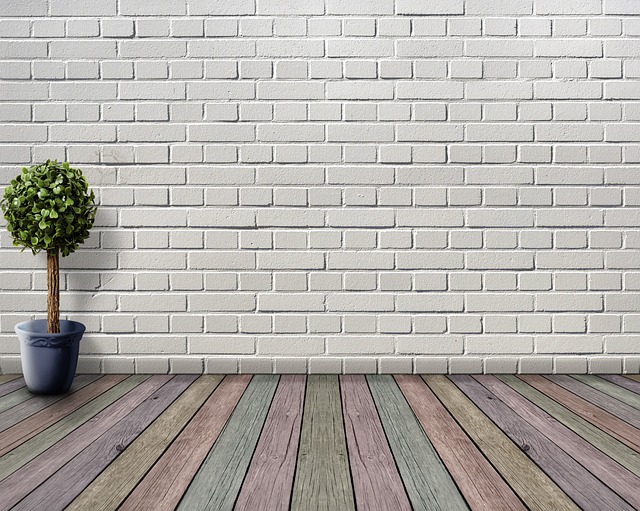
Architecture has played a significant role in shaping human civilization for centuries. From magnificent ancient structures such as the Great Pyramids of Giza to modern-day skyscrapers, architecture has been an integral part of our daily lives. It not only provides shelter and safety but also reflects our culture, values and beliefs. In this blog, we will explore the fascinating world of architecture, its history, styles and impact on society. For any readers in the UK have a look at ”building cost calculator per square metre UK”.
History of Architecture
The architecture dates back to prehistoric times when humans built primitive structures for shelter. As civilizations evolved, so did their architectural techniques and styles. Ancient civilizations such as Egyptian, Greek, Roman, and Mayan have left behind remarkable architectural marvels that continue to amaze us till this day. With the advent of the Industrial Revolution, architecture underwent a major transformation, and we saw the rise of modern architecture with its emphasis on functionality and minimalism.
The Art and Science of Architecture
Architecture is often considered both an art and a science. It requires a combination of technical knowledge, creativity and vision to design structures that are not only functional but also aesthetically pleasing. Architects must also consider factors such as climate, materials, budget and building codes while designing a structure.
The Evolution of Architectural Styles
Over the years, various architectural styles have emerged, each reflecting the cultural and societal influences of its time. From ancient Greek and Roman architecture to Gothic, Renaissance, Baroque, and modernist styles, each period has left a lasting impression on the built environment.
The Impact of Architecture on Society
Architecture not only shapes our physical surroundings but also impacts our lives in many ways. Well-designed structures can enhance people’s quality of life, promote social interaction and community engagement, and even influence our mood and behaviour. On the other hand, poorly planned structures can have a detrimental effect on the environment and society.
Sustainable Architecture for a Better Future
With the growing concern for environmental preservation, sustainable architecture has become a significant trend in recent years. It focuses on designing energy-efficient buildings that reduce their carbon footprint and utilize renewable resources. Sustainable architecture also promotes a healthier living environment by incorporating natural elements and promoting indoor air quality.
The Role of Technology in Architecture
Technology has revolutionized the field of architecture, making design processes more efficient and sustainable. With advancements in computer-aided design (CAD) software and building information modelling (BIM), architects can visualize and analyze their designs in 3D, improving accuracy and reducing errors. Technological innovations have also led to the use of advanced building materials and construction techniques, resulting in more durable and sustainable structures.
Architecture: A Reflection of Society
Architecture is a reflection of our society, values, and aspirations. It not only serves functional purposes but also holds symbolic meanings for communities and individuals. From iconic landmarks that represent a nation’s identity to humble homes that reflect the personalities of their owners, architecture plays a crucial role in shaping our world.
Conclusion
In conclusion, architecture is much more than t building structures. It is a blend of art, science, and technology that shapes our physical environment and influences our lives in countless ways. As we continue to advance and evolve, architecture will continue to play a vital role in building the foundation of our world. So next time you admire a beautiful building or walk through a bustling city, take a moment to appreciate the art and science behind it all – architecture. Let us continue to strive for sustainable and innovative designs that not only serve our functional needs but also enrich our communities and leave a positive impact on our world. Happy building!
